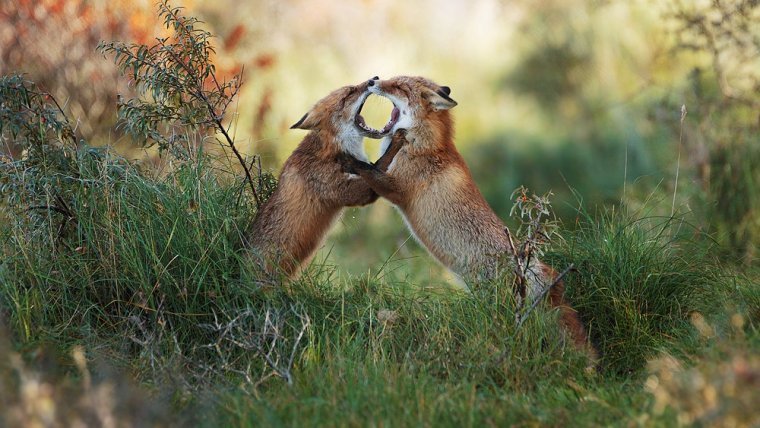
Autumn is probably the most beautiful season for wildlife photography when the temperatures are getting more pleasant and the colors of leaves are changing to yellow, red and brown color-tones which can be just beautiful when you are about to photograph a wild animal.
So here are 5 tips to achieve better wildlife photographs in autumn.
1) Animals are more active in Autumn
Many animals are looking for food in autumn which they store up for winter because in autumn they find fruits, berries, nuts, and seeds just everywhere! For example, squirrels love to bury walnuts and hazelnuts, they are very active in autumn and will bury any nut they can find.
What you also can do is to collect few kilos of nuts or seeds and put up a feeder for squirrels and birds. You will see that the animals will be around the feeder all the time!
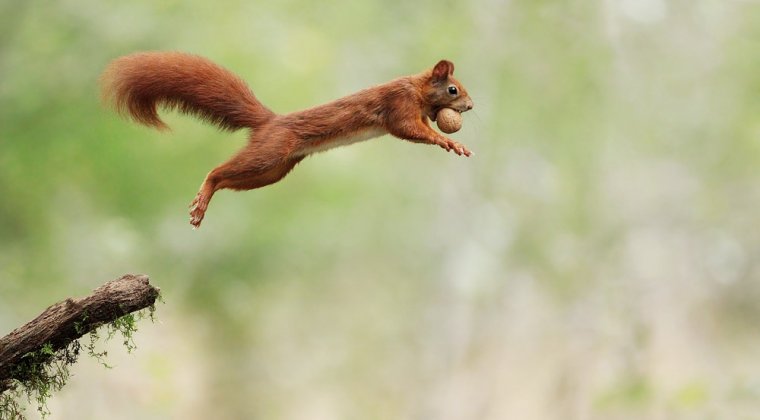
Camera: Canon 60D, Lens: Sigma 300, Shutter Speed: 1/2000, Aperture: f 2.8, Focal Length: 300 mm, ISO: 1000
2) It’s all about colors
Especially in autumn, the leaves will give strong and powerful colors, from yellow to red or brown, those colors give you a nice background and will provide a beautiful touch to your wildlife shots. So when trying to take a great wildlife shot in autumn, always look for trees that have colorful leaves.
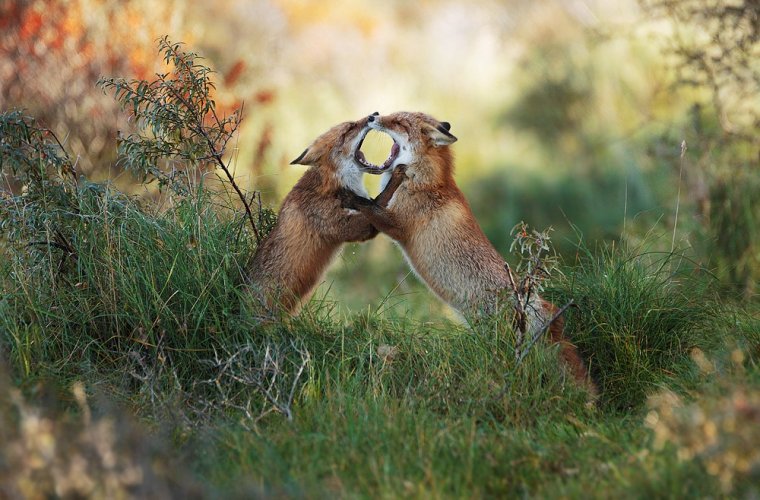
Camera: Canon 60D, Lens: Sigma 120-300, Shutter Speed: 1/500, Aperture: f 3.5, Focal Length: 300 mm, ISO: 800
3) The focus must be on the eyes
No matter what, always be sure to have the focus on the eyes when you photograph wild animals. If the animal you want to photograph is resting, lying or sitting you have the chance to use your live view to get the right focus point. Live view will help you to get more control over focus because you can easily zoom in to test your image sharpness and to see where your focus point is. So in the live view mode, you can adjust your focus point precisely while using the manual focus ring of the lens.
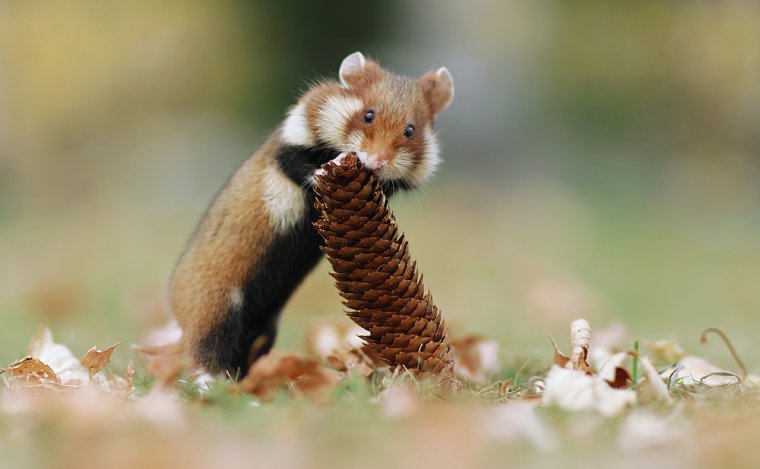
Camera: Canon 7D, Lens: Sigma 300, Shutter Speed: 1/500, Aperture: f 2.8, Focal Length: 300 mm, ISO: 400
4) Isolate your subject from its surroundings
If you want to isolate your main subject from everything else, choose a wide aperture lens, your background will look more and clear. A noisy background won’t look good and can even ruin your wildlife autumn shot, having a smooth and clear background will your subject make just stand out more.
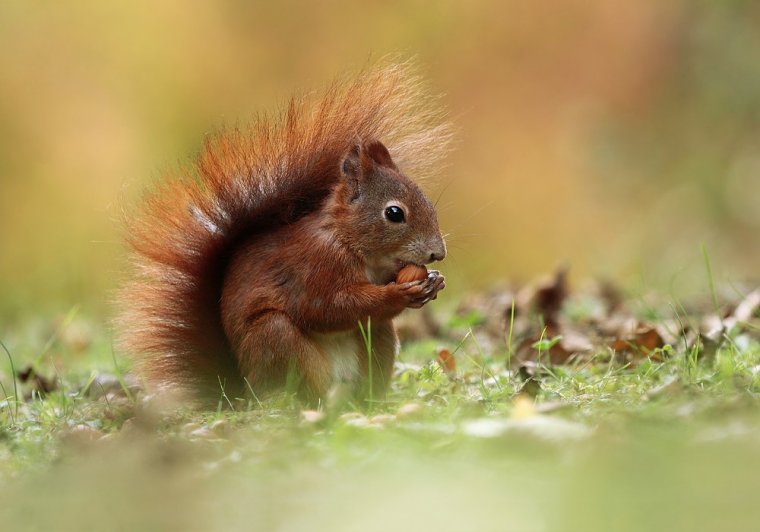
Camera: Canon 60D, Lens: Tamron 180, Shutter Speed: 1/500, Aperture: f 3.5, Focal Length: 180 mm, ISO: 100
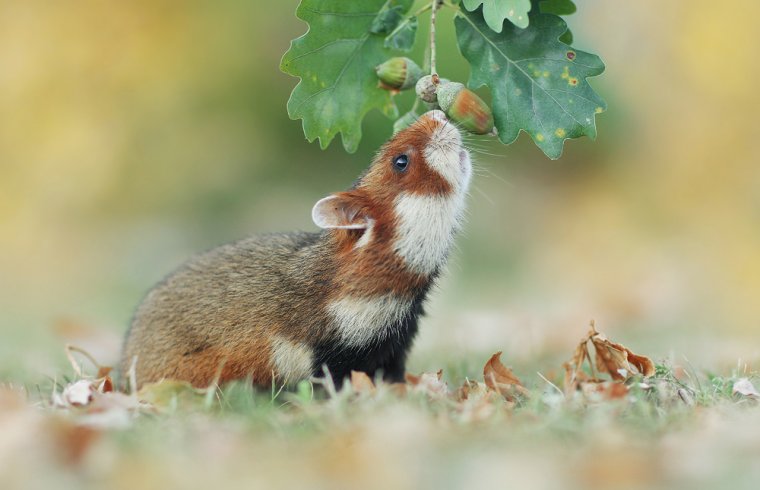
Camera: Canon 7D, Lens: Sigma 300, Shutter Speed: 1/400, Aperture: f 3.5, Focal Length: 300mm, ISO: 800
5) Be there in the morning and in the evening
Especially in the morning and in the evening hours you will have the most beautiful light, it’s soft, well-diffused and even. There is nothing worse than having unwanted shadows and uneven light on your subjects. I never shoot in the direct sunlight and I always recommend taking images when the sun stands low.
As always, I hope you enjoyed this article, thanks for reading & see you next time!
Comments (0)
There are no comments yet.